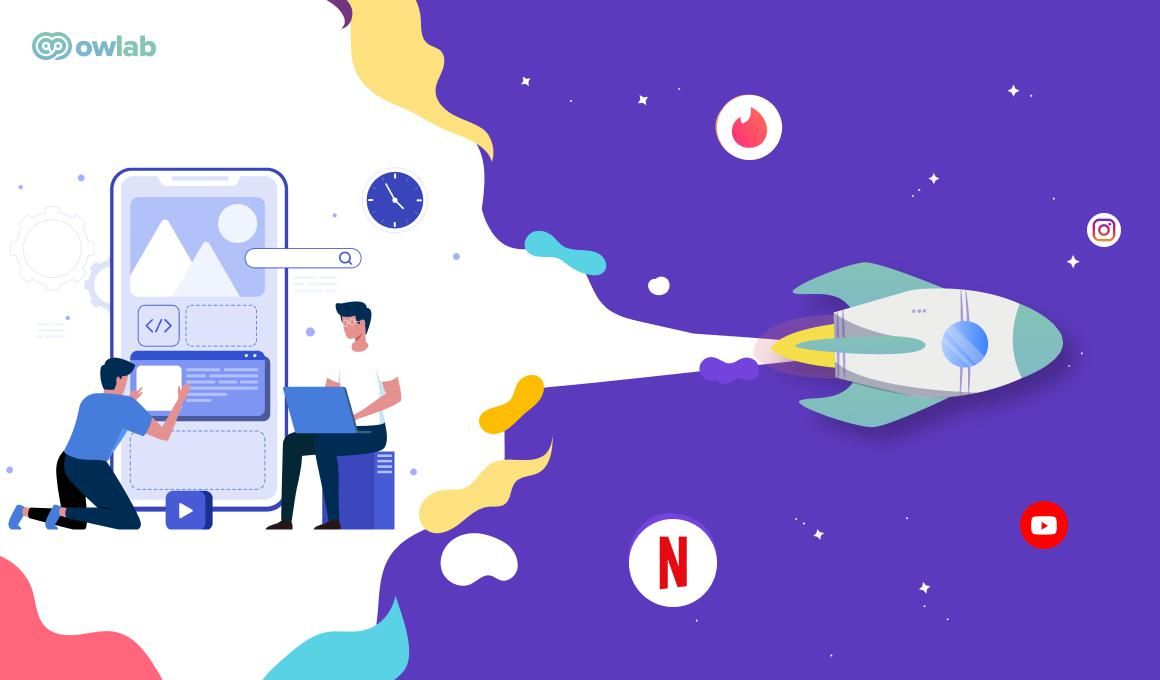iOS developers usually write code in Swift programming language or Objective-C. In this article, we’ll review the most common tools used in iOS app development.
Xcode
Xcode is the most reliable, smooth, and fast IDE. Apple released Xcode on October 23, 2003. However, the latest stable version is v13.2.1, released in Dec 2021. This application is free to all Apple users.
Xcode offers text editors, tools, compilers, frameworks, a build system, and a software development kit to its users, which helps them write code, design, develop, compile and debug an app for iOS.
It is the most widely used iOS app development tool used to develop software for iOS, macOS, etc. Xcode supports source code for a large no of coding languages. Swift is one of them, which is the most highly recommended coding language for iOS app development.
RXSwift
Rx swift is a reactive programming library used in iOS app development. It is a very efficient app used for asynchronous coding, also known as event-based coding. It makes the difficult asynchronous coding of Swift easier to work with.
RXSwift decreases the number of lines in the code and makes the code clear and easy to command. As a result, it makes it easier for the user to create compelling apps that respond fast to user events and changes in data.
Jazzy
Jazzy is a command-line iOS app development tool that constructs concise and easy-to-read documentation. People use it for projects using the Swift and Objective-C programming languages. It uses Source kit and Clang AST expression of code to give excellent results.
The documentation of the projects produced by using Jazzy resembles Apple’s official documentation to a great extent. iOS app developers love this application for its organized documentation, compatibility with Swift and Objective-C languages, preciseness, tools to create professional-looking and stand-alone apps.
AppCode
AppCode is also an IDE and editor iOS app development tool. AppCode is the first preference for most iOS app developers as it provides compatibility with various programming languages, mainly Swift, HTML, JavaScript, etc.
One of the main features of AppCode is making it incredibly easy to write and analyze code. It also points out errors in the code and helps fix them efficiently and speedily. It also modifies the code and assists in writing efficient code.
Users can also extend the tool’s abilities by adding required plug-ins. This service is available after buying a license.
Transporter
It is a free tool that helps you upload your application directly to Apple. This application makes it easy for users to upload their content to all Apple platforms such as the App Store, iTunes, etc.
You would just need App Store/iTunes connect accounts or an encoding house account. This app also keeps the history of all your previous uploads with the date and time of upload.
CodeRunner
CodeRunner is an open-source iOS app development tool developers use to create refined applications. Developers appreciate it specifically for its code combining capabilities and multiple helpful tools.
According to its creators, CodeRunner is compatible with precisely 25 different coding languages covering many coding languages programmers like to work with. Users can also configure any additional language by entering their terminal command.
This tool is extremely lightweight, making it more user-friendly. It helps developers write efficient code, check live errors, has a text editor and a built-in console. However, its services are not free; users must buy a license.
APPlyzer
The APPlyzer is a statistics tool that helps developers keep an eye on their apps and how they are doing on the iTunes and App Store. In addition, it tells you what position your app ranks in the world. You need to create an account and add the application ID to view the statistics.
Cocoapods
CocoaPods is a dependency manager that streamlines your integration of third-party libraries into your Xcode projects. It is used by over 83,000 active developers and has been integrated into more than 3 million apps.
To use CocoaPods, you create a Podfile—a text file that describes how your app depends on other libraries. CocoaPods then resolves dependencies and fetches source code for the libraries, placing it in an Xcode workspace to be linked with your app to create an iOS app.
Top features of CocoaPods include:
- Source-based distribution of third party code and integration into app projects
- Helps to resolve dependencies between libraries
- Incorporate and manage third party libraries easily.
Parse
Parse is an open-source platform that offers mobile backend as a service. Preceding the Parse Inc. company shutdown, Parse was open-sourced by Facebook. It has now grown to become an open-source community having its own blog, documentation, and community forum. Parse powers developers to store data in the cloud, manage to push notification dashboards, and run custom code in the cloud. Parse was listed as one of the top 50 innovative companies of 2013 to speed up software development. Some of its backend tools
- Cloud-based object and file storage
- Social media integration abilities
- Parse hosting and analytics
- Identity log-ins
- Create custom code in the backend
Another popular backend service provider, and an alternative to Parse, is Firebase which also has some great features like Real-time backend as a service, Google hosting, and model-observer database scheme.
Summary
We have presented a quick overview of the most popular iOS development tools. Further, it is important to choose the best ones to use on real projects based on the development team's needs and requirements.
We are OWlab, an app development and design agency. We help our customers reach their business goals and implement new ideas with targeted software development services. Our team has niche expertise in industries like fintech, travel & hospitality, healthcare, retail, and more.



 StableDiffusion
StableDiffusion StableDiffusion
StableDiffusion StableDiffusion
StableDiffusion Photo by
Photo by  Photo by
Photo by  Photo by
Photo by 
 Photo by
Photo by  Photo by
Photo by  Photo by
Photo by  Photo by
Photo by  Photo by
Photo by 








